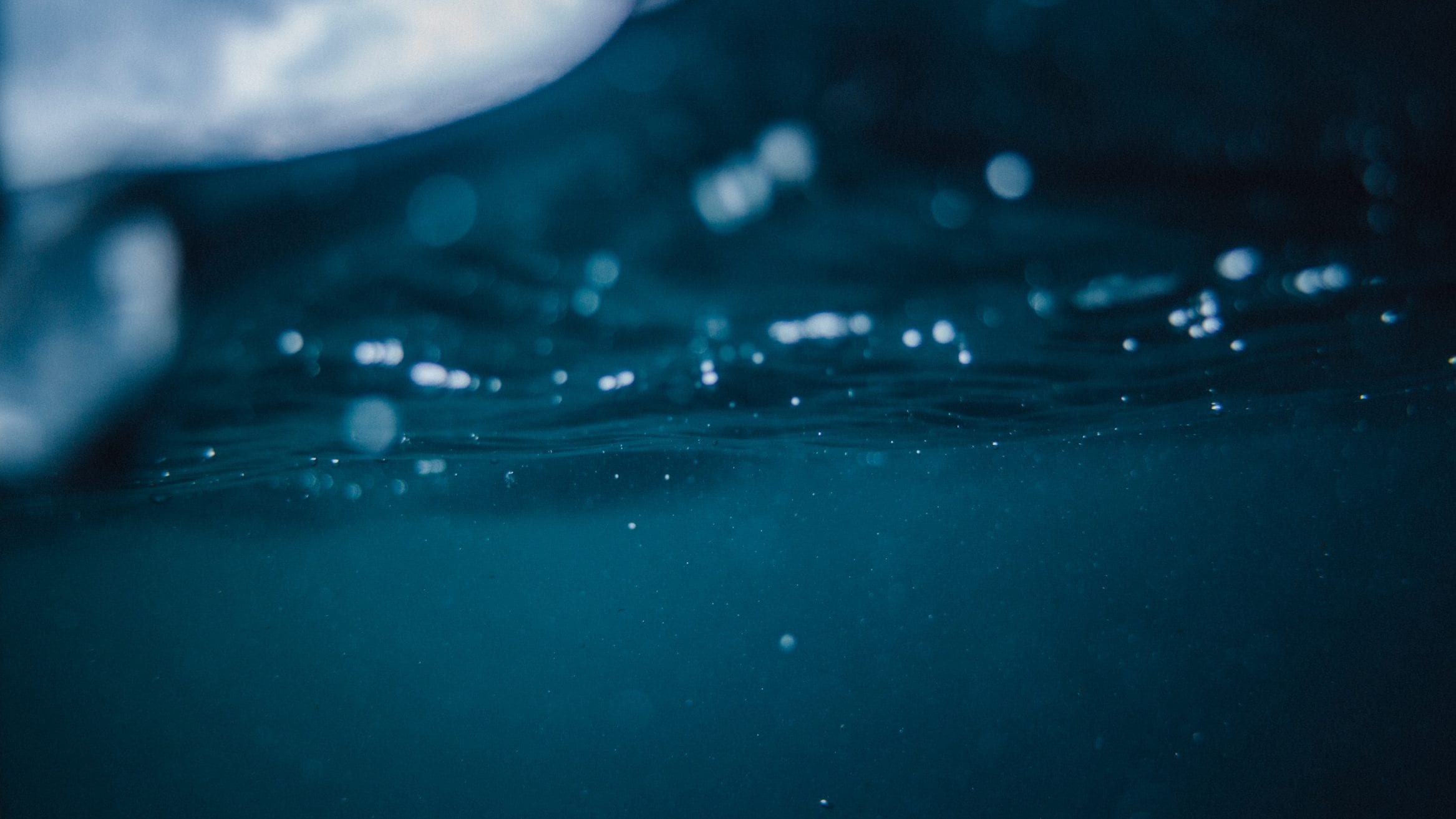Our oceans are choking. What can we learn from ancient deoxygenation events?

During the lifetime of most of UBC’s tenured faculty, the oceans have lost more than 2% of their oxygen content and are projected to lose another 10% during the coming century. As water temperatures rise with climate change, oxygen becomes less soluble and is outgassed from the oceans. Around the world the range of anoxic waters, areas severely depleted of oxygen, are spreading and have quadrupled in volume since the 1960s. These anoxic areas, or ‘dead zones’, are associated with massive die-offs of marine life. To gain greater understanding of the fate of our oceans today, researchers are turning to deoxygenation events of the past.
Last week, new research by UBC graduate Kohen Bauer, supervised by Sean Crowe of the Department of Earth Oceans and Atmospheric Science, examined a widespread ocean deoxygenation event that occurred ~120 million years ago during the early Cretaceous period. Their research ‘A climate threshold for ocean deoxygenation during the early Cretaceous’ published in Nature details how a volcanic event increased atmospheric CO2 concentrations enough to tip climate thresholds and induce rapid warming and corresponding ocean deoxygenation. Ocean redox chemistry of that time, preserved in rock cores the team was able to analyze, reveals that it took up to a million years for the Earth system to recover. The ocean was persistently anoxic until silicate weathering gradually brought pCO2 levels down enough that the climate crossed back over the critical threshold for ocean oxygenation. Silicate weathering removes carbon from the atmosphere and increases under warmer temperatures, acting as a negative feedback to climate warming. However, it is still a very slow process, especially compared with CO2 injection rates due to volcanic events or human emissions.
The implication of this new research is that once ocean anoxia is onset recovery will be an incredibly slow process if relying on natural carbon sinks. The research suggests the critical climate threshold of the past was surpassed when pCO2 levels reached 2,000 ppm, five times today’s pCO2 levels, implying there is still some time to act before we reach the same turning point.
Click here to read the original research article.